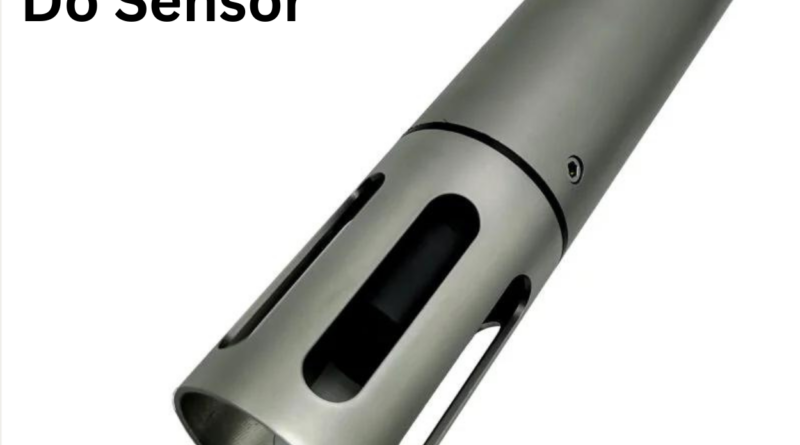Understanding DO Sensors: The Key to Monitoring Water Quality
Dissolved oxygen (DO) sensors play a vital role in water quality monitoring, offering insights into aquatic health and industrial processes. Whether used in environmental research, aquaculture, or wastewater management, DO sensors are essential for maintaining the balance of oxygen levels in water systems.
What is a DO Sensor?
A DO sensor measures the concentration of dissolved oxygen in water, an essential indicator of water quality. Oxygen levels affect aquatic ecosystems, microbial activity, and chemical reactions in water. Insufficient oxygen can harm aquatic life and disrupt industrial processes, making accurate monitoring indispensable.
How DO Sensors Work
DO sensors typically operate using one of two methods:
- Electrochemical Sensors
These use either galvanic or polarographic technology to measure oxygen levels. The sensor detects changes in electrical currents caused by oxygen molecules, translating these changes into measurable data. - Optical Sensors
Optical sensors use fluorescence quenching technology, where a fluorescent material reacts to oxygen presence. These sensors are highly accurate, require less maintenance, and are ideal for continuous monitoring.
Applications of DO Sensors
DO sensors are versatile and used across various fields:
- Aquaculture: Maintaining adequate oxygen levels is critical for the health and growth of fish and aquatic organisms.
- Wastewater Treatment: Monitoring DO levels ensure proper aerobic digestion, improving treatment efficiency and regulatory compliance.
- Environmental Research: Researchers use DO sensors to study water ecosystems, track pollution levels, and monitor climate change impacts.
- Industrial Applications: In food processing, brewing, and chemical production, DO sensors help maintain process quality and efficiency.
Choosing the Right DO Sensor
When selecting a DO sensor, consider these factors:
- Accuracy and Reliability: Optical sensors typically provide more stable and accurate readings.
- Durability: For challenging environments, opt for robust, corrosion-resistant designs.
- Ease of Maintenance: Choose sensors with low-maintenance requirements to reduce operational costs.
Advancements in DO Sensor Technology
Modern DO sensors feature real-time data logging, remote monitoring capabilities, and integration with IoT systems. These advancements provide actionable insights, enabling users to make timely decisions to ensure water quality.
Dissolved oxygen sensors are indispensable tools for monitoring and preserving water quality. Their accurate readings help industries optimize processes and support environmental sustainability.
Explore more about DO sensors and their applications at Kacise Sensors.




